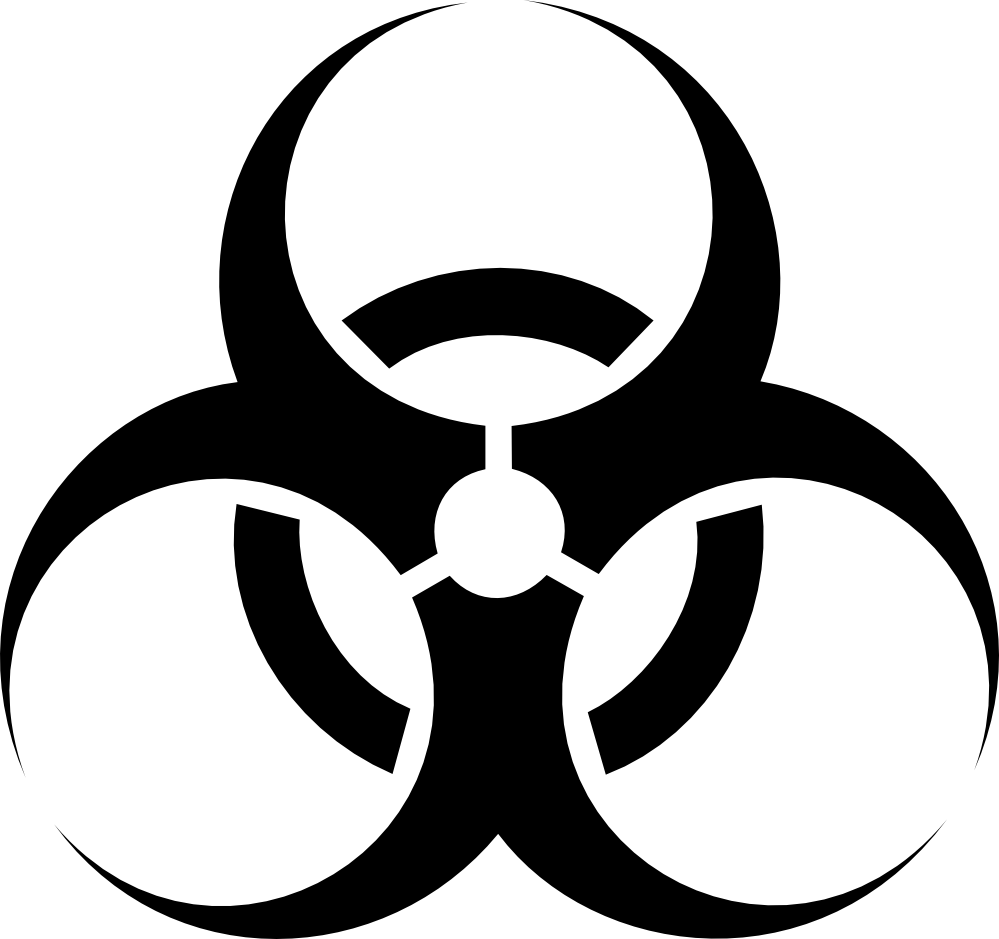Resources with keywords: VHF
The Iowa Department of HHS has confirmed the death of a middle-aged eastern Iowa resident from Lassa fever. The individual had recently returned from travel to West Africa.
This guidance refers only to the following viral hemorrhagic fevers: Ebola, Marburg, Lassa, Crimean Congo Hemorrhagic Fever (CCHF), and the South American Hemorrhagic Fevers (i.e., those caused by Junin, Machupo, Chapare, Guanarito and Sabia viruses).
This is a reference wensite including WHO’s approach to responding to this outbreak
This report summarizes CDC’s recommendations for public health departments and clinicians in the United States on case identification and testing and clinical laboratory biosafety considerations.
This is a reference website for resources including a “Weekly Special Press Briefing on the Mpox Outbreak and other Health Emergencies in Africa”
This guidance applies to Filoviruses, Arenaviruses, Rift Valley fever virus, Crimean Congo HFV. This guidance also applies to other high-consequence diseases that require a specialized laboratory, are highly pathogenic, and have no vaccine or treatment currently available, like Nipah virus disease.
Shaw TM, Dettle ST, Mejia A, Hayes JM, Simmons HA, Basu P, et al.
Genetically diverse simian arteriviruses (simarteriviruses) naturally infect geographically and phylogenetically diverse monkeys, and cross-species transmission and emergence are of considerable concern.
Yang W, et al.
Highlights
- Recombinant vesicular stomatitis virus expressing Ebola virus glycoprotein is lethal in immunocompetent Syrian hamsters.
- The pathogenicity of VSV-EBOV/GP is species-specific, age-related, gender-associated, and challenge route-dependent.
- Syrian hamsters develop uveitis, multi-organ failure, and severe systemic diseases resembling symptoms of human EBOV patients.
- The model is available for anti-EBOV antibody and vaccine evaluation under BSL-2 conditions.


